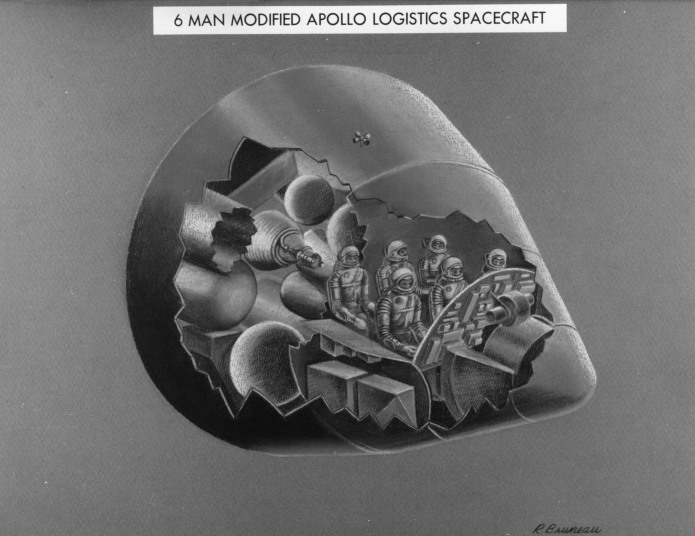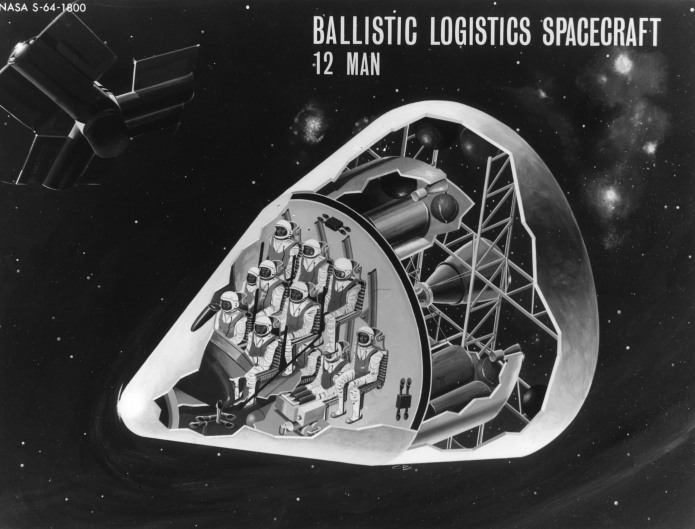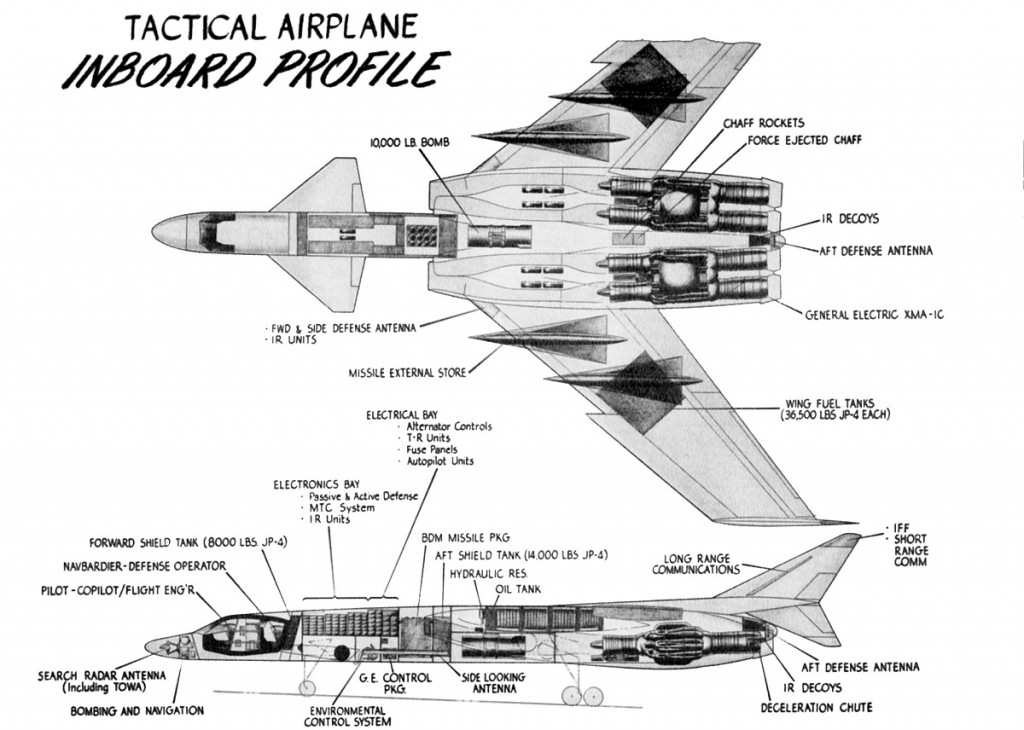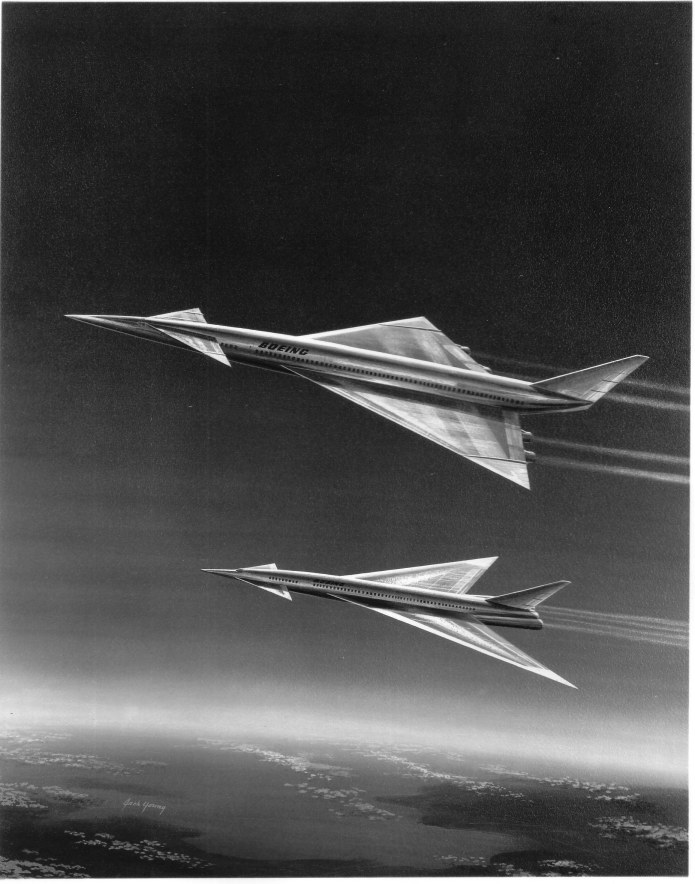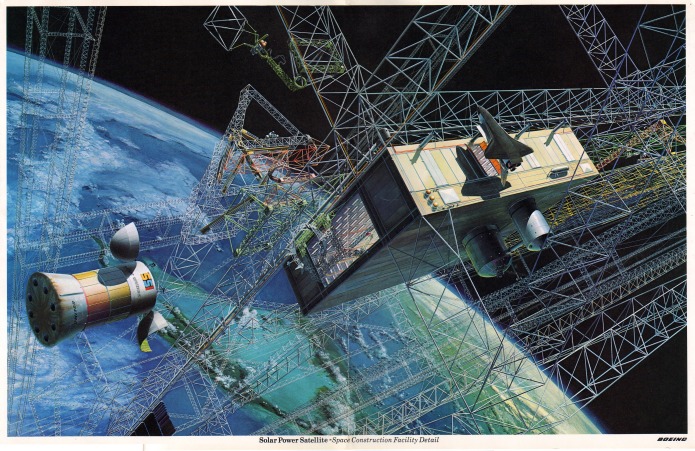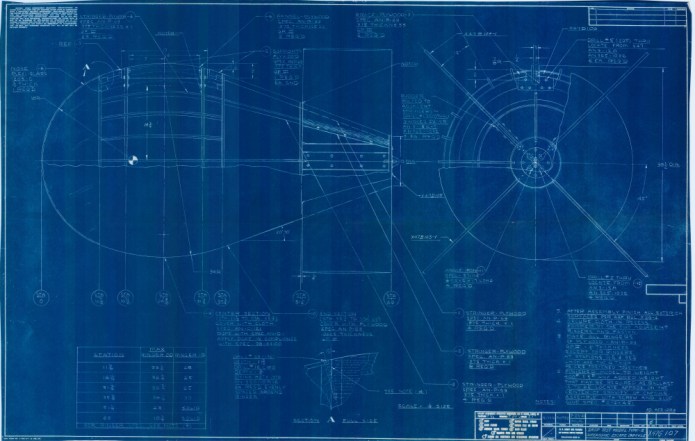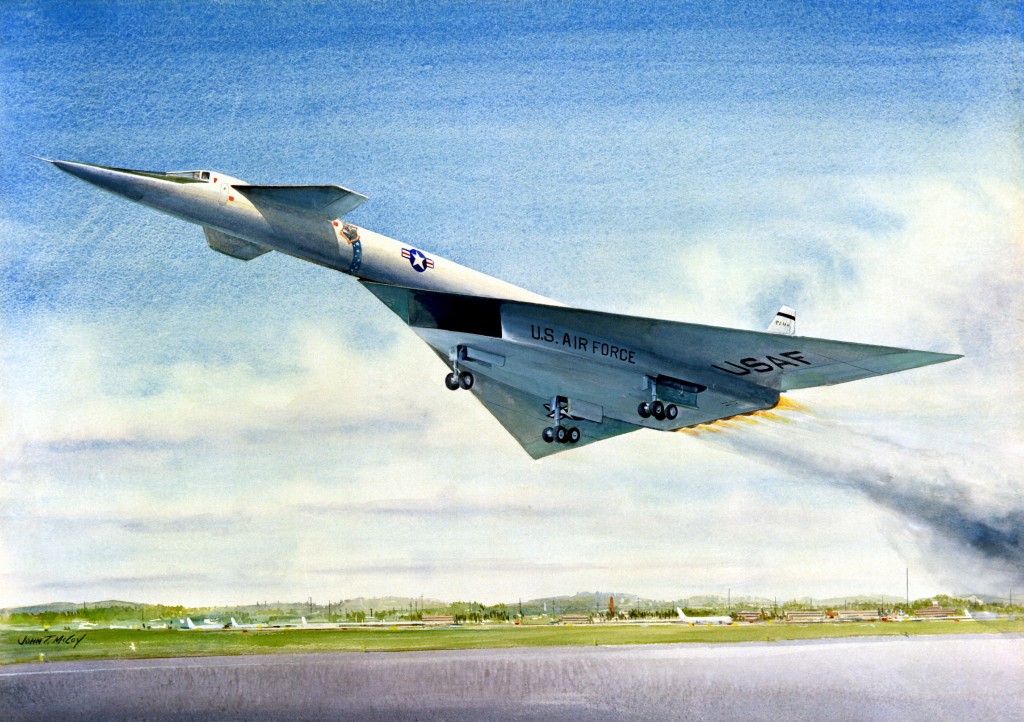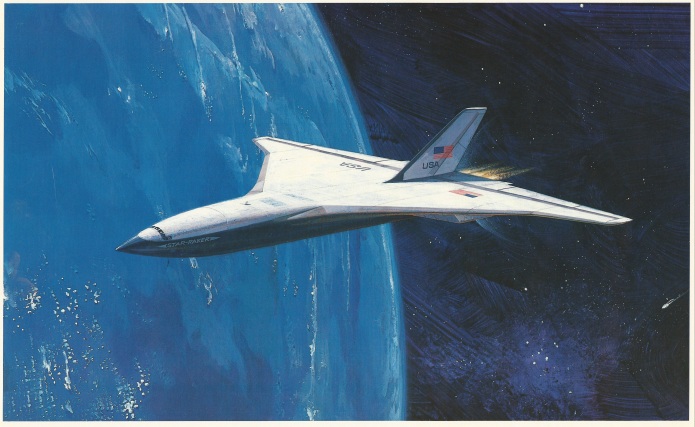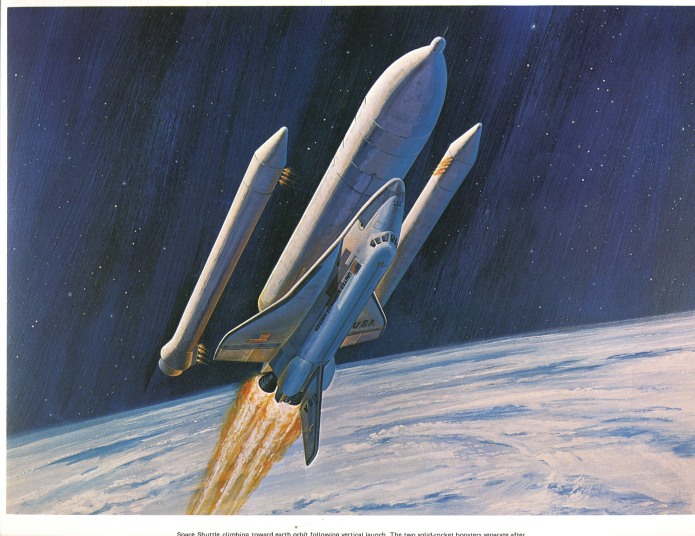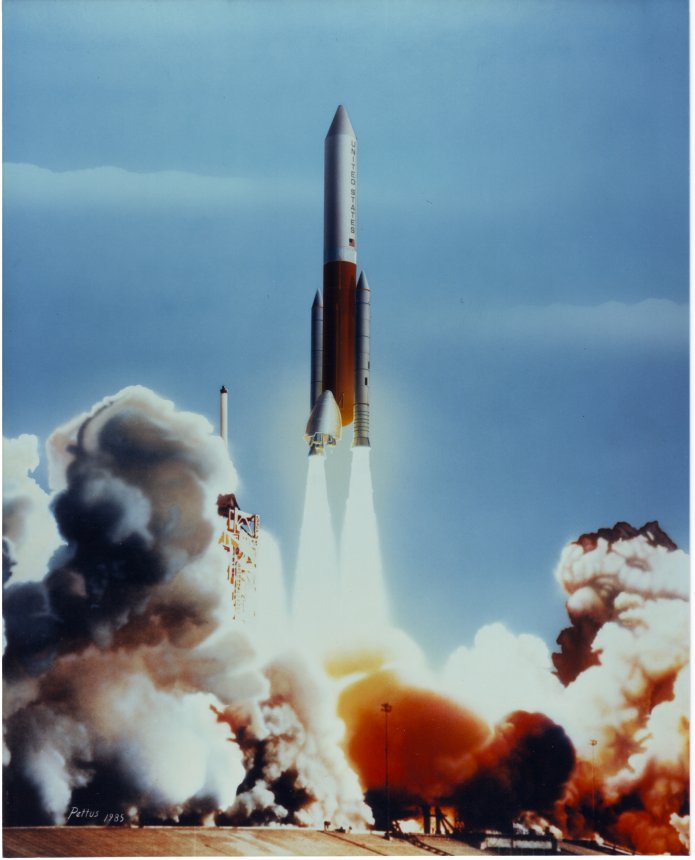Not exactly a “PDF” review, but this should be of interest to many here: “Missiles & Rockets” magazine, a weekly periodical published from 1958 into 1968, was much like Aviation Week except with a more specific focus. And it has been made available on archive.org. I’ve found the search function to be somewhat ineffective, but the system allows for fairly straightforward navigation along with easy downloading of individual pages as high-rez JPEGs. The collection is not complete, sadly; it doesn’t look like it’s being completed, but there are nevertheless a fair number of issues available.
https://archive.org/details/misslesandrockets&tab=collection
Much more aerospace stuff is available via the APR Patreon.

